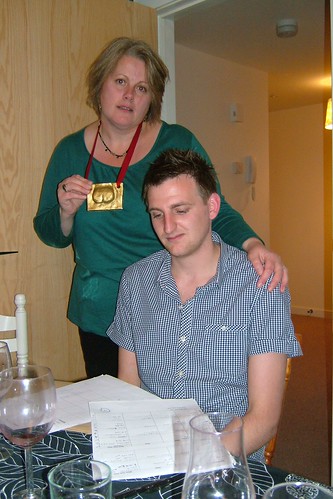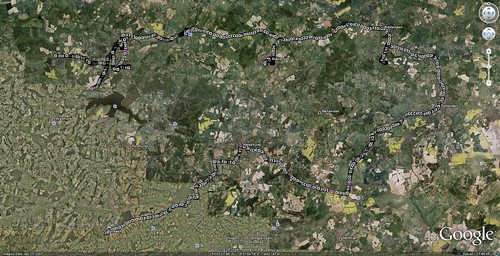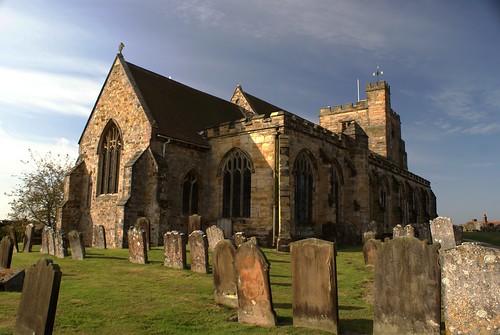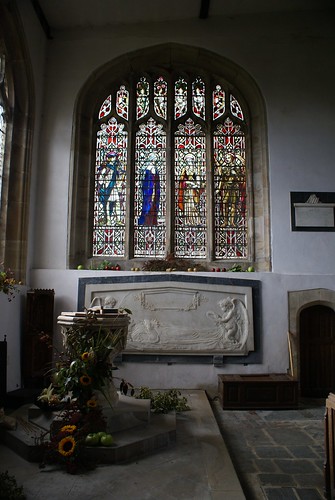Looking around for a walk to do, we spotted nearby
Bewl Water. It's another reservoir, much like
Darwell Reservoir on our Brightling walk, but has an activity centre and a full round-lake path.
After ruling out cycling around the path on grounds of prohibitive cost (you'd think such an operation might drop its prices off-season), we decided to just walk out one edge of the lake then back, and then to try our luck elsewhere. But easy walking, nice views of
oast houses over water and an impressive (early) average walking speed (3.5 mph), persuaded us to do all 20 km (12.4 mi) ...

As mentioned above, one of the attractions for us, and one of the reasons that it mutated from a 3-mile round trip into the full 12 miles, was because it had no shortage of attractive views of the aforementioned oast houses. And because, as the track picture above shows, the path wriggled its way around the lake, we often got multiple views of these. This one we saw from far and near ...

Actually, there isn't a huge amount more to say about the walk. The path was, with a few roadwork-related hiccups, extremely easy to follow. And the weather was, again, excellent. So it was a enjoyable and straightforward walk around a rather inlet-heavy, but pretty, lake ...
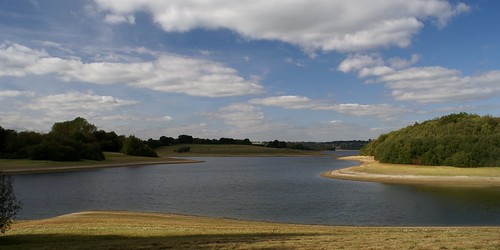
... At least for the first 10 km! The second 10 km, while still very easy walking, gradually became more of a chore. But the walk did give us something of a sense of achievement since it's the longest one-day walk we've done for quite a while. Some days we've come quite close in length when summed up over the full day, but this is the longest formal route we've walked in years (and it isn't even all that long!).
Anyway, it was very pleasant to return to the activity centre and claim our coffees. It was also surprising to find that, including a lunch stop, we'd managed to maintain an impressive (for us) average speed of 3.1 mph. Admittedly, the path, being around a lake, was
largely flat walking, but this is still a good speed for our walks (our moving average even stuck at 3.5 mph).
The evening's entertainment this time was the glossy, nonsense techno-thriller
Swordfish, another hauled from the barn's large DVD library. Unlike
Mystery Alaska, which somewhat surprised us as a minor success, this time we got more-or-less what we expected. Its saving grace was that its running time was sub-100 minutes, so it only just outstayed its welcome.
Full set of photographs
available here.







.png)

